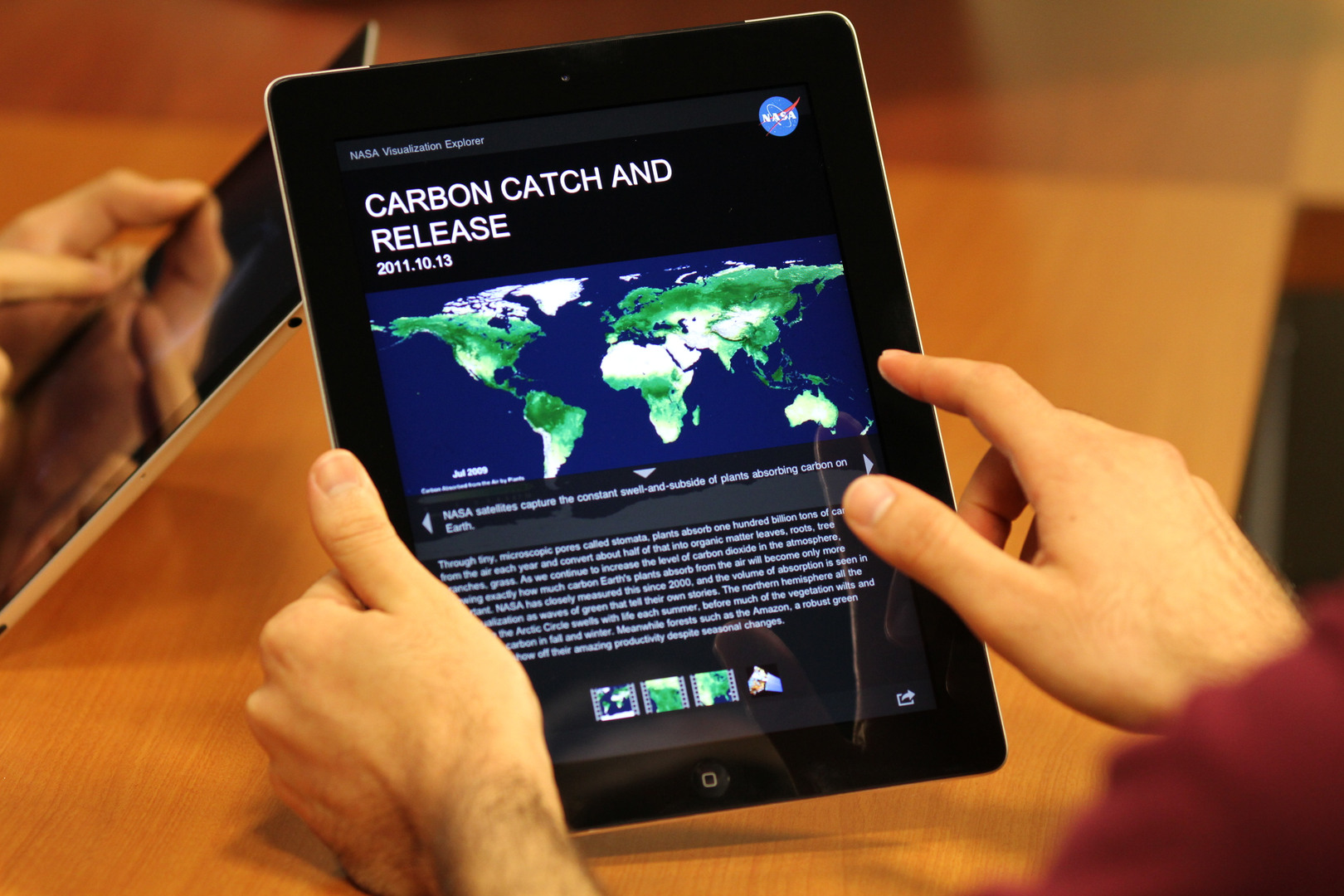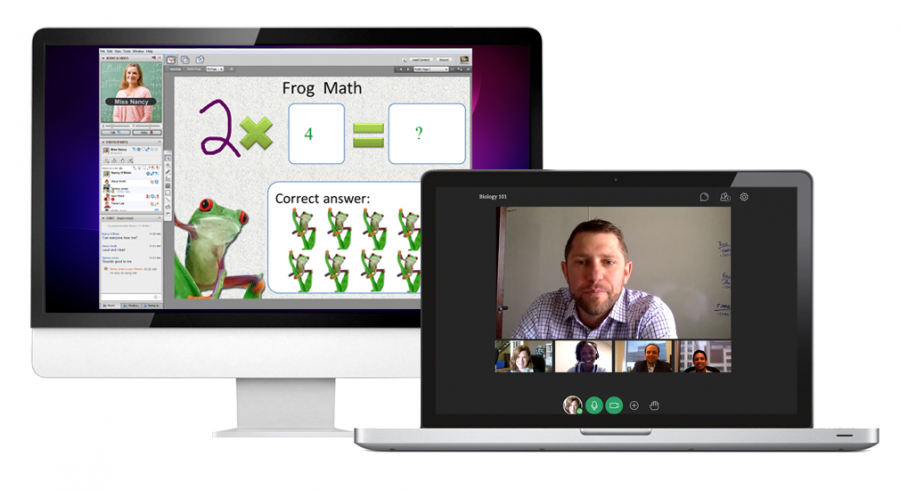Tablets have become increasingly popular among school and university students because they are lightweight and easy to carry. However, the industry is taking it one step further and has developed tablets with built-in education tools specifically designed for school-age children and post-secondary students. What is a tablet now but the 2013 version of a blackboard and chalk?
There is a lot of interest in the educational tablet market. Companies are preparing to expand into it by conducting studies and experiments to determine how well the device will catch on. In particular, many large computer companies like Lenovo are going straight into schools and having the schools experiment with the special features available on tablets. As an example, Thailand’s new government is providing a scheme that will provide tablets to all its schoolchildren. Apple and Lenovo are both involved in this experiment, with Lenovo providing 600 tablets to the Thai education ministry tablets preliminary testing.
Although tablets are still primarily seen as secondary devices (next to laptops) in educational environments, Lenovo has partnered with Microsoft and Intel to determine the exact nature of the relationship between the student and the computer. These three technology giants have started a study to follow the relationship between higher-education students and their devices, hoping to determine each device’s strengths and weaknesses.
These advances into the market corroborates Lenovo’s statement that “children are participating in an educational transformation”. In order to respond proactively to this transformation and gain that coveted early mover advantage, Lenovo has imbued its new devices with special features particularly suited to classroom teaching. These include a Classroom Director programme that allows teachers to have ultimate remote control over what his or her students are seeing on their screens, special security measures to ensure children’s safety, and the ability of the teacher to “black” the screen of each device in order to direct student’s attention back to the front of the room. Teachers need not fear losing control of a classroom when these features are available. In addition, the Lenovo devices include the ability to see how quickly a child is moving through the content, and also to disseminate an exemplar of student work to all the others so to aid in learning.
If these large computer companies are correct and there is an educational reformation brewing, it shows initiative and foresight to quickly expand into this market. Tablets in particular work well for this new technocentric type of education, but there are criticisms of them nonetheless. Perhaps the tests, experiments and studies will help diffuse the arguments and provide support to the new type of blackboard and chalk.









